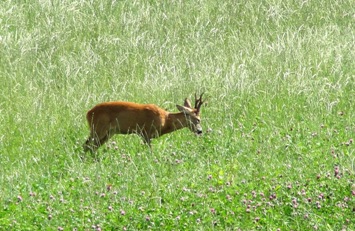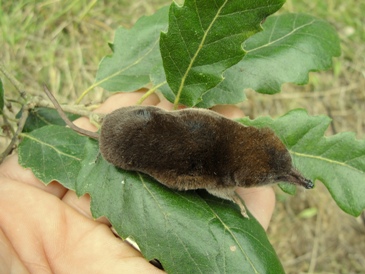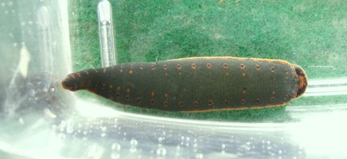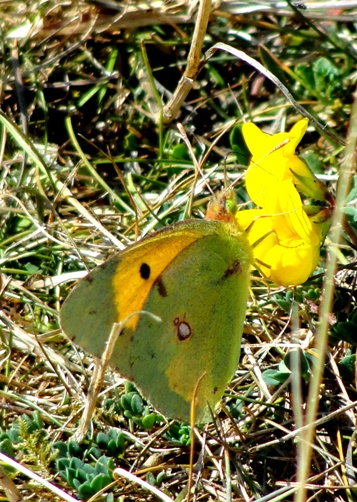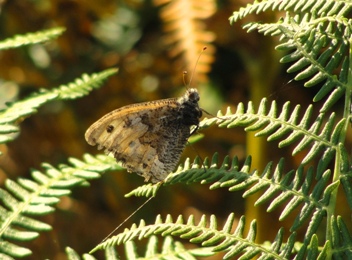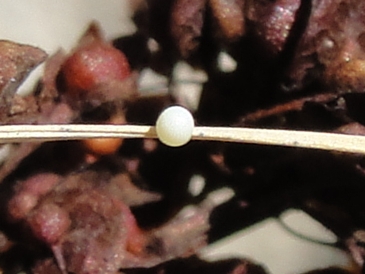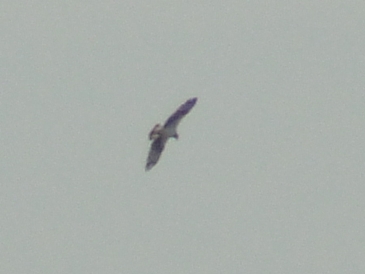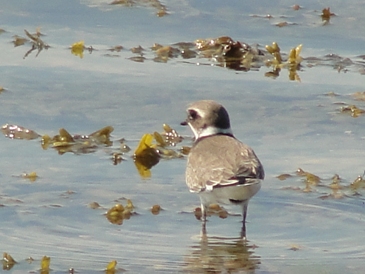Roe buck traditionally rut during the warmest part of summer time usually at the end of July, but it varies according to the weather as they are triggered mainly by hot temperatures, and so if we do not get the usual hot weather at the end of July or August the bucks may come in and out of pseudo rutting behaviour. The bucks this year had a long rut as it was very warm in both July and August; even at the end of August, many roe buck were in rut and showed typical behaviour such as being blatant when chasing away younger bucks and standing out in the open ready for a fight! looking obvious. sometimes roe buck will chase humans and other animals and once a young buck chased me around a beech tree, I laughed out loud because it was so funny and even a badger came out of its sett to check out what was going on !.
This older buck has its antlers going back, a term used when the antlers have reached their peak in annual development and start to shrink and be less symmetrical and balanced, losing tines.(see collections part of website, antlers and horns).He grazes in an open field oblivious to people. I am amazed at the high numbers or roe in Gloucestershire especially the Stroud valleys. It will be part of the reason as to why there are good numbers of large cats living in the same areas !
Also in the same county at Woodchester park, the largest common shrew (Sorex araneus) I have ever seen was laying dead by an oak tree having been stepped on by a person or sheep.
It was more the size of a water shrew( Neomys fodiens) but clearly was not that species.
Medicinal leeches(Hirudo medicinalis) are now rare in the UK but Someone I know found one in the river Stour near Christchurch. I was delighted to know that they were still around this area. As a boy I used to find them in the upper reaches of the Stour in north Dorset, but did not see any for years. The herds of cattle and horses within the flood plain may have something to do with them still being around, and I assume that they must be within the New forest also.
A visit around Poole harbour last week showed up a few butterflies including a clouded yellow(Colias hyale) which was taking nectar from birds foot trefoil.
Grayling butterflies (Hipparchia semele) were abundant as they have had a good year like many other butterfly species.
One was egg laying on tussocks of dried out purple moor grass(Molinia). The tiny white egg was easy to spot, although it was only the size of a pin head !
An osprey(Pandion haliaetus) checked out a portion of the harbour putting up all manner of wildfowl.It was just a speck in the distance yet my great workhorse of a camera(Sony DHC -H20 ) managed to snap an unclear photo of it about half a mile away !
ospreys are members of the kite family, and when watched, their typical long wings and M shape when viewed from front or behind is obvious, similar to red and black kites.
The ringed plovers stayed put, as their biggest defence is to freeze and not panic.That is until a disobedient dog ran amok through them as usual.The owners were totally oblivious to eight people with binoculars looking at them !

